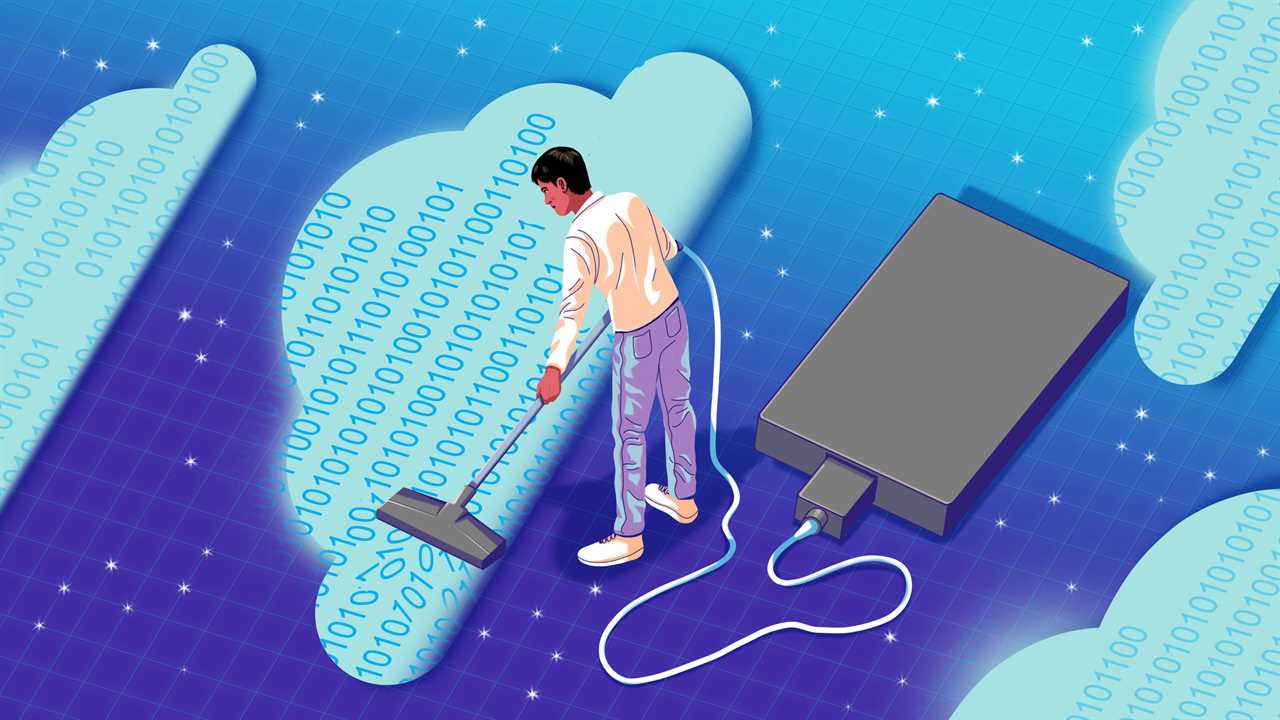
As we all put more of our photos, documents and videos online, how much of that data really belongs to us anymore?
That’s the question many are now pondering because of a change coming to iPhones. The debate has implications for online privacy and government surveillance and underlines how the storage of our digital data has changed over time, raising concerns about the ways we should conduct ourselves technologically.
But I’m getting ahead of myself. Let me back up.
The hubbub began last week when Apple introduced a software tool for iPhones to flag cases of child sex abuse. That seems good, right? The tool will be included in Apple’s next mobile software update this fall. It works by scanning an iPhone for code linked to a database of known child pornography when photos from the device are uploaded to iCloud, Apple’s online storage service. Once there are a certain number of matches, an Apple employee reviews the photos before informing the National Center for Missing and Exploited Children.
But some cybersecurity experts countered that the content-flagging system was invasive and infringed on people’s privacy. They warned that Apple was creating a precedent that made it simple for surveillance-heavy countries like China to pass laws that could require the company to use the technology for other purposes, such as scanning for political images that are unfavorable to an authoritarian government.
“They’ve said they don’t have any plans to do worse things with this technology, but this just feels, at this point, naïvely optimistic,” said Erica Portnoy, a technologist for the Electronic Frontier Foundation, the digital-rights nonprofit.
In response to the backlash, Apple this week published a document explaining that the new system will not scan people’s private iPhone photo libraries. Also, the matching technology will cease to work if people disable their iPhone’s photo library from backing up images to iCloud, a company spokesman said.
But no matter how this Apple episode plays out, it’s a reminder of just how much our digital data storage has changed. In the past, most of us stored our digital photos on our personal computer drives and on miniature USB sticks. Those belonged to us alone.
Now we increasingly store our documents and other information in “the cloud,” where big companies like Apple, Google and Microsoft host the data on their server computers. In the process, those companies gained a lot more power over our information.
That leads me to something I have said before: It’s wise to have an exit strategy for pulling your data from the cloud in the event that you want to leave. All it takes is a little forethought.
Over the last few years, I’ve embraced a hybrid approach of storing copies of my data online and offline so I can reap the benefits of the cloud but also retain independent ownership of my data. My efforts culminated in creating an online server at home, which is essentially a private cloud.
Here’s how I did that, along with other approaches to a hybrid approach for storing your data.
The Hybrid Backup
Many of us have become accustomed to automatically backing up our data to Apple’s, Google’s and Microsoft’s online servers. These cloud services are convenient, and using them ensures your data is regularly backed up over the internet.
But the best practice is a hybrid one: Store local copies on physical drives, too, according to Acronis, a data protection firm. It’s nice to have a local backup for when you lack an internet connection and need immediate access to a file.
“It is shocking how few people follow a hybrid backup plan,” said Topher Tebow, a senior cybersecurity researcher at Acronis. “The whole point of backups is to ensure continuity of data, and that just isn’t something that can be guaranteed with a single solution in place.”






